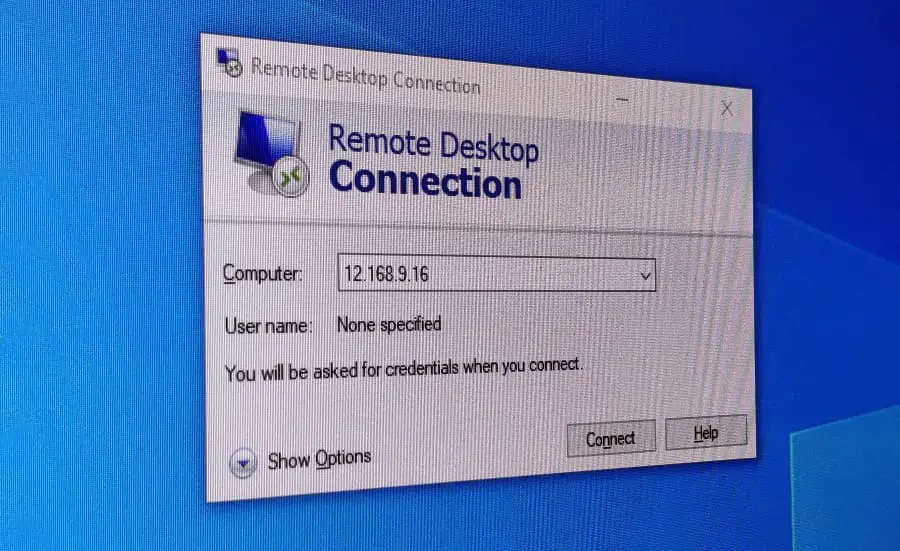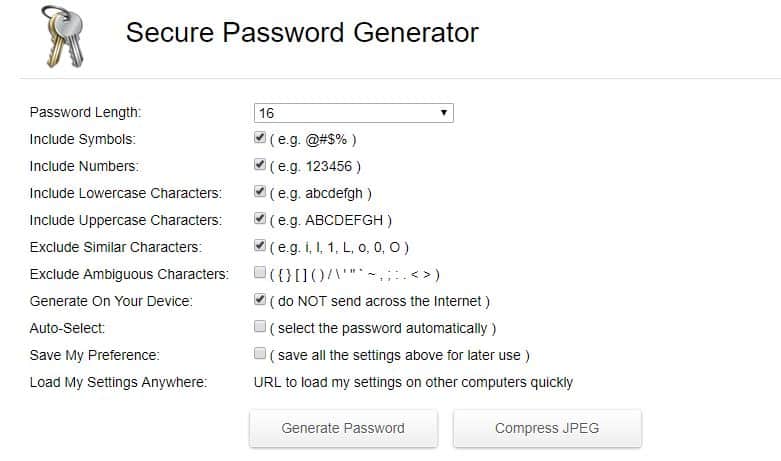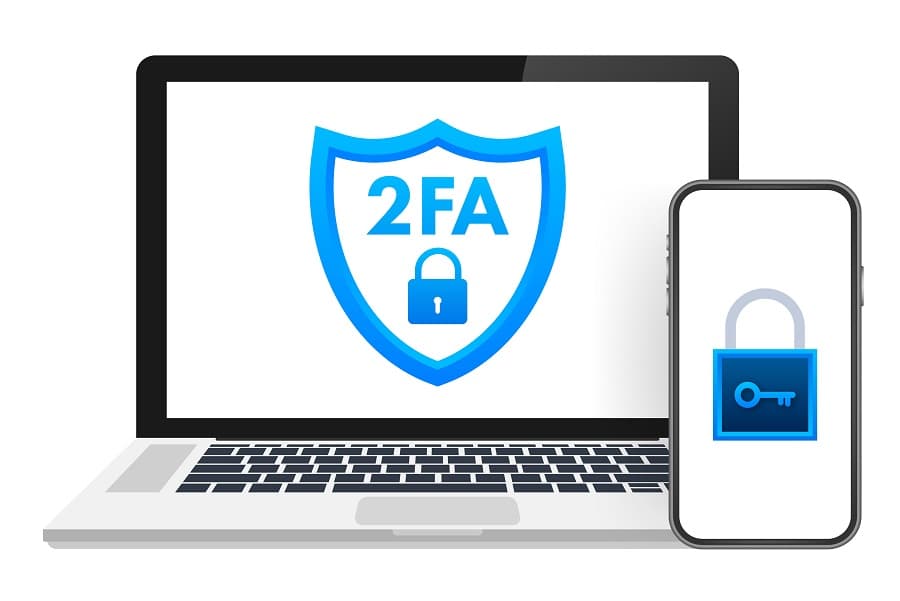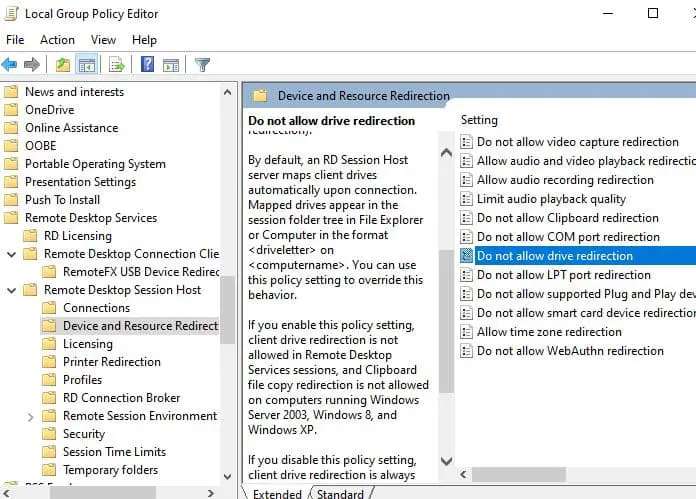The remote desktop feature in Windows is one of the most powerful tools that allows you to access and control your computer from another location, such as your home or office. This technology was usually popular for providing tech support and quick fixes to software problems. But its power also makes it a target for malicious actors seeking access to your system and data, especially if you expose it to the internet or use weak passwords. Hackers can exploit remote desktop to gain unauthorized access to your system, install malware, steal data, or perform other malicious actions. Therefore, it is important to secure your remote desktop connection. This article explores the importance of secure remote desktop and how to Keep Remote Desktop Secure in Windows 11/10.
Importance of secure remote desktop
It helps protect your privacy and confidentiality. If hackers can access your remote desktop, they can see what you are doing on your computer, capture your keystrokes, or access your personal or sensitive information.
It prevents data loss or corruption. Hackers can use remote desktop to delete, modify, or encrypt your files, or install ransomware that locks you out of your system.
It reduces the risk of network compromise. Hackers can use remote desktop to move laterally within your network, infect other devices, or access your network resources.
It complies with security standards and regulations. If you use remote desktop for work purposes, you may need to follow certain security policies or guidelines to protect your company’s data and systems.
Basic Security Tips for Remote Desktop
If you have a computer with a weak security setup remote connections could act as a gateway for cybercriminals to access your devices and data. It’s possible that the hacker could gain access to your work system as well. However there are specific things that you can do to ensure that your connection remains secure. Here is how to Secure Remote Desktop Connections To Safely Access Your PC over the Internet.
Use Strong Passwords
When you access the remote computer it asks for user credentials. Having a strong password is the simplest and most effective way to secure remote desktop access. Make sure your password should be unique and use more than eight characters (12+ is recommended) with numbers, lowercase and uppercase letters, and special characters.
- You can use a password manager to generate and store strong passwords for different accounts.
- You should also change your password regularly and avoid using the same password for multiple accounts.
Additionally, you can change your user account name to something other than the default Administrator, this makes it twice as difficult for cybercriminals as they have to guess your user name as well as your password.
Use Multi-factor Authentication (MFA)
MFA is an additional layer of security that you can use to protect your system. It requires users to provide an extra verification factor to prove the account belongs to them. The Windows multi-factor authentication feature can be used for Remote Desktop sessions and is highly recommended if you are accessing sensitive data. You can also use third-party solutions such as Google Authenticator or Authy to provide additional security.
MFA makes it harder for hackers to access your remote desktop even if they have your password.
Disable Drive Redirection and Clipboard Sharing
Drive redirection and clipboard sharing are features that allow you to access local drives and copy and paste data between the remote and local computers. This feature is convenient but can be a security risk if an attacker has access to your system. Say, for instance, an attacker has access to your computer, and you have drive redirection enabled. They could then potentially download sensitive files from your system. Disable drive redirection and clipboard sharing for any Remote Desktop connections to prevent this.
To configure this open Group policy editor using gpedit.msc and navigate Local Group Policy Editor navigate to Computer Configuration > Administrative Templates > Windows Components > Remote Desktop Services > Remote Desktop Session Host > Device and Resource Redirection.
Use a VPN
A VPN (virtual private network) creates a secure tunnel between your computer and the remote server, encrypting all the data that passes through it. Virtual private networks have long been used to securely connect two computers over the internet. As for the remote desktop protocol, you can use a VPN to add an extra layer of security. It will encrypt all traffic between the two machines, making it difficult for an attacker to eavesdrop on your session. When choosing a VPN, select one with a good track record for security and privacy. Consider using a paid VPN if you are accessing highly sensitive data.
You should use a VPN whenever you connect to a remote desktop over the internet or a public network.
Use Network Segmentation
Network segmentation separates different parts of your network into different “zones” or subnets. This can help to reduce the risk of an attacker gaining access to your entire system if one part is compromised. For a remote desktop, you can use network segmentation to limit access to just the remote desktop session itself. This will help to protect other parts of your system from being exposed if an attacker manages to gain access to the session.
- Implement network segmentation by dividing your network into isolated zones.
- Configure firewalls and access controls to restrict communication between these segments.
- Regularly review and update segmentation policies.
Limit the Number of Users
Sometimes, threats arise from within. Limiting the number of users with access to your remote desktop can help reduce the risk of malicious actors gaining access or making changes to your system. Make sure to only grant access to trusted users who need remote access. When one of the users is done with their session, make sure to end it or log out immediately. This will help to further protect your system from unauthorized access.
- Regularly review user accounts with remote desktop access.
- Remove accounts that no longer require this privilege.
- Implement role-based access controls to ensure that only authorized personnel have remote access.
Install Patch updates
Patch updates are software updates that fix bugs, vulnerabilities, or compatibility issues in your operating system or applications. Microsoft regularly releases Windows updates to patch or address security vulnerabilities. Make sure all computers, as well as the systems themselves, are running the latest versions of the operating system. This includes installing any recent security updates to make sure that recent breaches are fixed.
In addition to these basic tips, you may also consider Use Remote Desktop Services (RDS) gateway. RDS gateway is a feature that allows you to access remote desktops through a single gateway server that acts as a proxy between the internet and your internal network. RDS gateway uses SSL/TLS encryption to secure the communication between the client and the server and prevents direct exposure of the remote desktops to the internet.
Enable Network Level Authentication (NLA). NLA is a feature that requires users to authenticate themselves before establishing a remote desktop connection. NLA can prevent unauthorized connection attempts and reduce the risk of denial-of-service attacks.
Change the default port used by RDP. RDP (Remote Desktop Protocol) is the protocol that enables remote desktop communication between devices. The default port used by RDP is 3389, which is well-known by hackers and often scanned for vulnerabilities. You can change the default port used by RDP to something else via the Registry Editor.
However, this is not a foolproof solution, as hackers can still find the new port using port scanning tools. Therefore, you should also use other security measures, such as firewall rules, VPN, or RDS gateway, to protect your remote desktop connection.
Following the tips above can help keep your Windows Remote Desktop experience secure. You can access your remote desktop with peace of mind, knowing that your system is protected from malicious actors.
Also read:
- Remote desktop not working after the Windows 10 update? Try this 5 Solutions
- The Difference Between a Remote Desktop and Remote Access
- What Are Corrupted system Files and How to Fix Them windows 11
- 5 Best Cybersecurity Tips to Protect Your Windows PC From hackers
- Hyperlinks are Not Working In Outlook? Try these solutions






